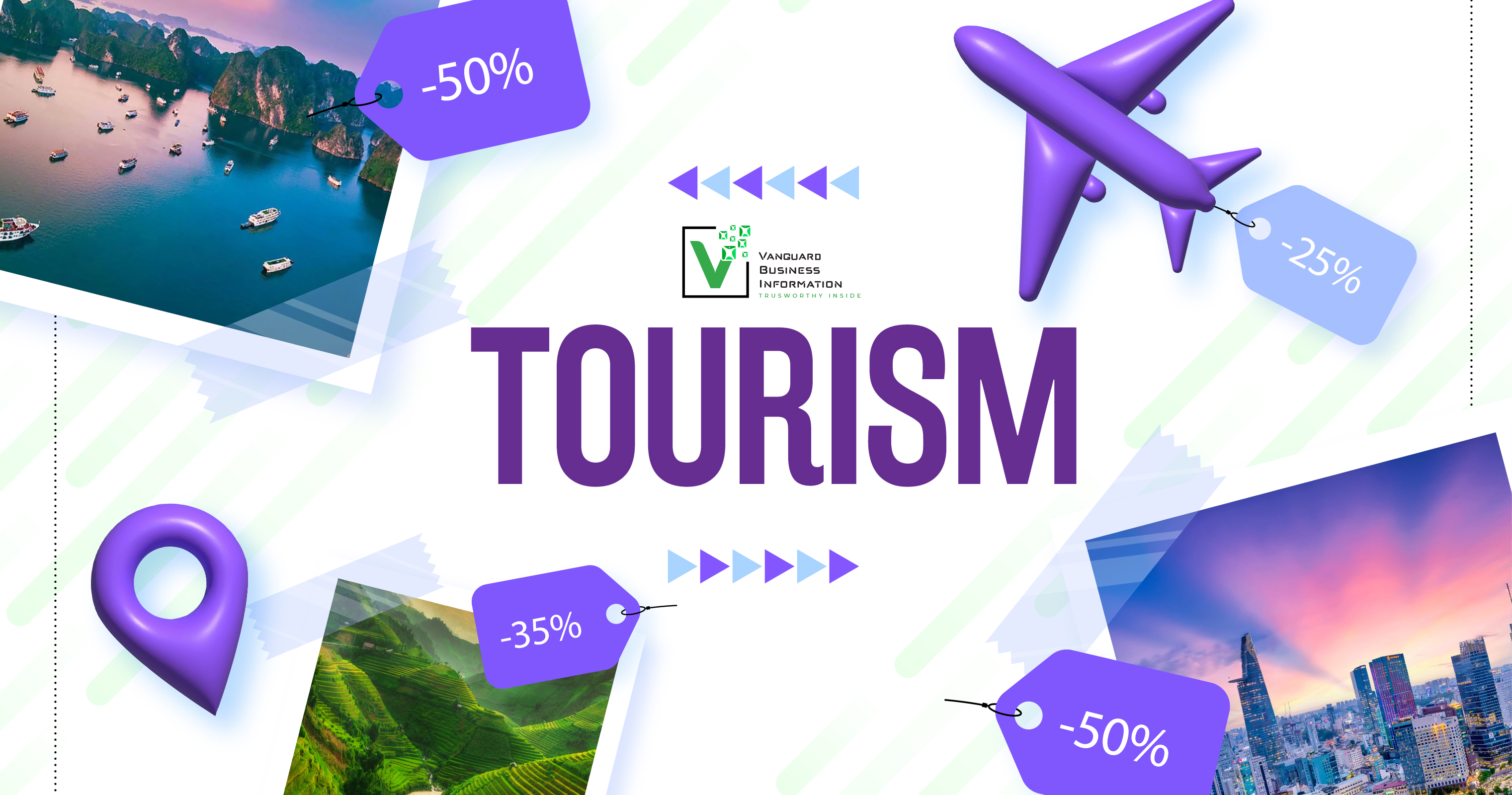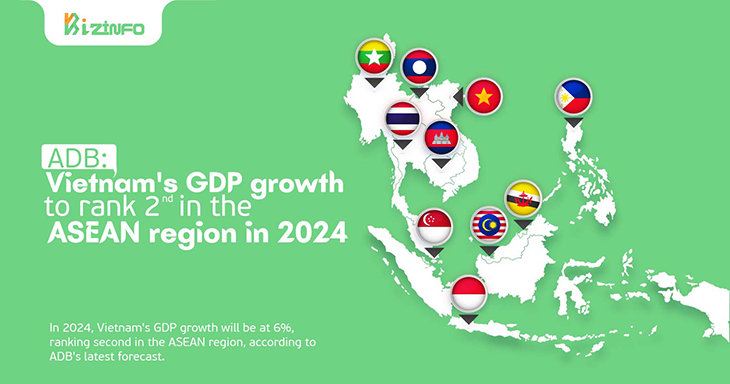Published Nov 2024
Vietnam’s Tourism Industry: A Land of Promise with Room for Growth
Vietnam stands at a crossroads in its tourism development. The country’s natural beauty, rich culture, and vibrant cuisine give it a strong foundation to build upon. However, to reach its full potential and compete with regional giants, Vietnam must address persistent issues such as infrastructure gaps, service quality, and bureaucratic hurdles.

Vietnam’s Tourism Industry: A Land of Promise with Room for Growth
Vietnam’s tourism industry has become one of the most vibrant in Southeast Asia, drawing millions of visitors with its stunning landscapes, rich cultural heritage, and world-renowned cuisine. From Ha Long Bay's breathtaking limestone islands to Hoi An's ancient streets, the country offers experiences that rival its neighbors.
However, Vietnam’s tourism journey is far from smooth. While the allure is undeniable, challenges such as underdeveloped infrastructure, unpolished service quality, and bureaucratic hurdles highlight areas where Vietnam must improve to compete with regional powerhouses like Thailand and Singapore.
Strengths that Set Vietnam Apart
Vietnam’s appeal lies in its diverse offerings. Nature lovers can explore the verdant rice terraces of Sapa or cruise along the tranquil waterways of the Mekong Delta. Beach enthusiasts are spoiled for choice, with destinations like Phu Quoc and Da Nang providing white sands and azure waters. For history buffs, sites like the Imperial City of Hue and the Cu Chi Tunnels offer glimpses into the country’s storied past.
Vietnam’s cuisine is another magnet for tourists. The delicate balance of flavors in dishes like pho, banh mi, and fresh spring rolls has made Vietnamese food a global sensation. Food tours in cities like Hanoi and Ho Chi Minh City give visitors a chance to savor authentic local flavors and learn about the culture through its culinary traditions.
Additionally, Vietnam’s friendly and hospitable people consistently leave a positive impression on visitors. Festivals like Tet (Lunar New Year) and the Mid-Autumn Festival provide unique opportunities for cultural immersion, allowing tourists to experience Vietnam’s vibrant traditions firsthand.
Challenges in the Tourism Experience
Despite these strengths, many tourists leave Vietnam with mixed feelings due to challenges that tarnish the experience. When compared to neighboring countries like Thailand, Malaysia, and Singapore, Vietnam still has work to do in key areas.
1. Infrastructure Gaps
While Vietnam has made strides in improving airports and highways, transportation remains a challenge. In Thailand, tourists can easily navigate cities using well-developed public transport systems like Bangkok’s BTS Skytrain or intercity rail networks. Vietnam, by contrast, offers limited public transport options, leaving tourists to rely on taxis or motorbike rentals, which can be intimidating for first-time visitors.
Rural and remote areas, often home to some of Vietnam’s most stunning landscapes, are particularly difficult to access. Poor road conditions and limited transportation options deter many travelers from venturing beyond well-trodden destinations.
2. Service Quality
Inconsistent service quality is a recurring complaint among tourists. Many workers in the hospitality industry lack formal training, leading to issues such as language barriers and unprofessional interactions. Compared to Thailand’s polished hospitality industry, which is backed by decades of experience and specialized training programs, Vietnam’s service sector often falls short of expectations. Please be careful with your belongings because many tourists have been stolen.
3. Visa and Bureaucratic Hurdles
Tourists frequently cite Vietnam’s visa process as cumbersome. While e-visas are available, the system is less streamlined than Thailand’s visa-on-arrival option or Malaysia’s visa-free policies for many nationalities. For many travelers, navigating the visa process adds unnecessary friction to their trip planning.
4. Overregulation and Limited Offerings
Vietnam’s tourism experience can sometimes feel restricted due to government regulations. For example, nightlife and entertainment options are often limited compared to the vibrant scenes in Bangkok or Bali. These limitations can make Vietnam less appealing to younger travelers seeking a more dynamic experience.
5. Environmental Concerns
Over-tourism in hotspots like Ha Long Bay has led to pollution and environmental degradation. While Indonesia and Thailand have taken proactive steps to protect their natural treasures, such as temporarily closing Maya Bay and Komodo Island, Vietnam’s efforts in this area remain sporadic.
Learning from Regional Neighbors
Vietnam can draw valuable lessons from its regional competitors. Thailand’s well-organized tourism infrastructure, from seamless visa policies to extensive transportation networks, makes it a top choice for international travelers.
Singapore, despite its small size, excels in offering world-class service and innovative attractions that cater to all demographics. Malaysia’s focus on eco-tourism and sustainable travel is another area Vietnam could emulate to protect its fragile ecosystems.
Opportunities for Improvement
Vietnam’s tourism sector holds immense potential if the country can address its shortcomings. Key areas for improvement include:
Enhancing Infrastructure: Developing better transport networks, particularly in rural areas, to make hidden gems more accessible; Establishing hospitality schools and training programs to improve service quality and meet international standards; Simplifying the visa process to reduce barriers for global travelers, do not arrest people with minor faults; Implementing stricter regulations to protect natural sites and promoting eco-friendly travel; Expanding nightlife, adventure tourism, and wellness tourism to attract a broader range of visitors.
Conclusion
Vietnam stands at a crossroads in its tourism development. The country’s natural beauty, rich culture, and vibrant cuisine give it a strong foundation to build upon. However, to reach its full potential and compete with regional giants, Vietnam must address persistent issues such as infrastructure gaps, service quality, and bureaucratic hurdles.
By learning from its neighbors and prioritizing sustainable growth, Vietnam can transform itself into a truly world-class destination that offers not only unforgettable experiences but also unmatched convenience and quality.
Alice Hoang
Vanguard Business Information















